Category: Latest Insights
-
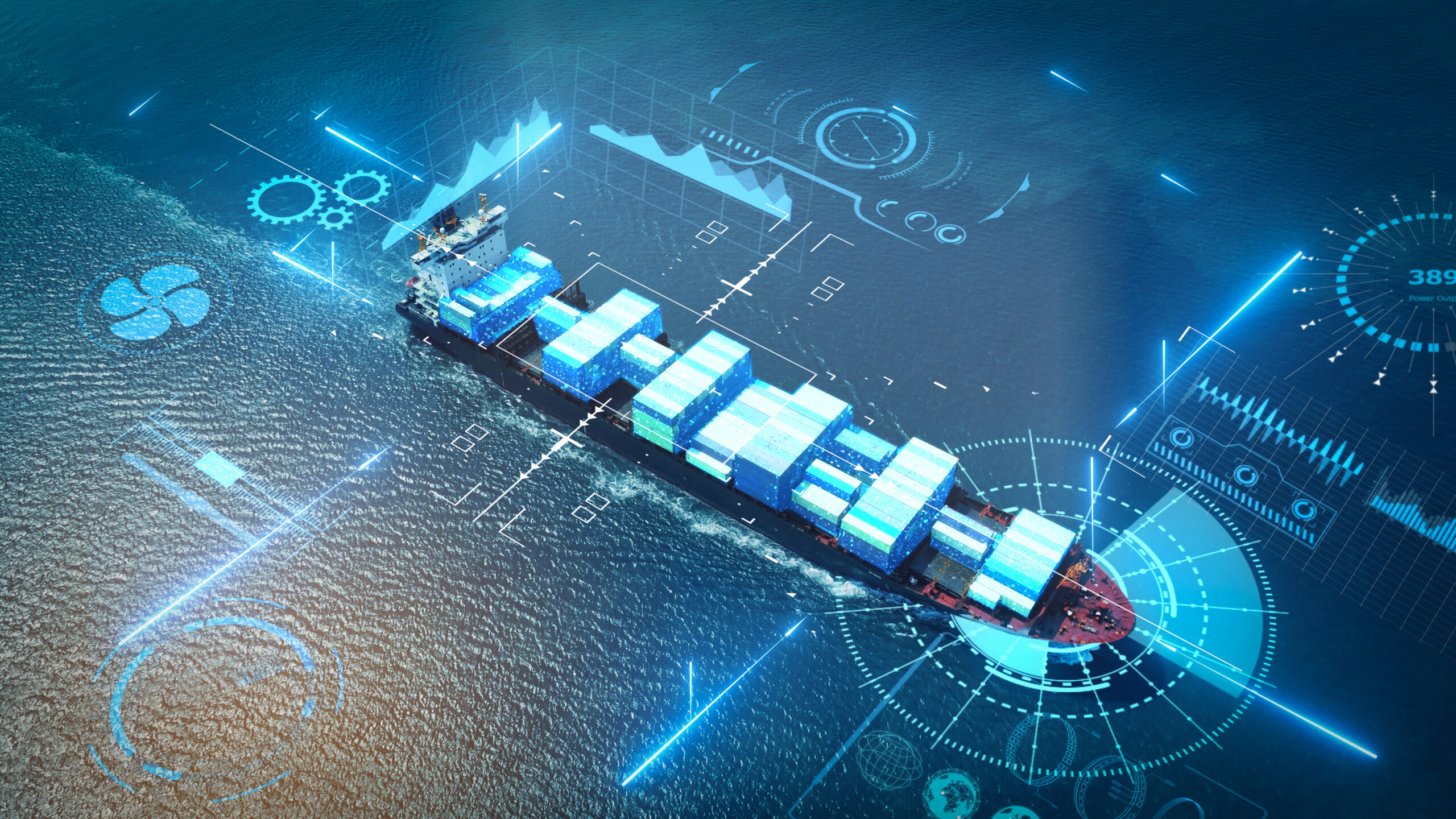
The Role of Artificial Intelligence(AI) in Maritime Safety
The maritime industry plays an important role in the global economy, transporting goods across oceans, but there are also significant risks to seafarers who work at sea. Ensuring the safety of seafarers has always been a priority, but the methods and technologies used to achieve this have grown over time. One of the most innovative…
-
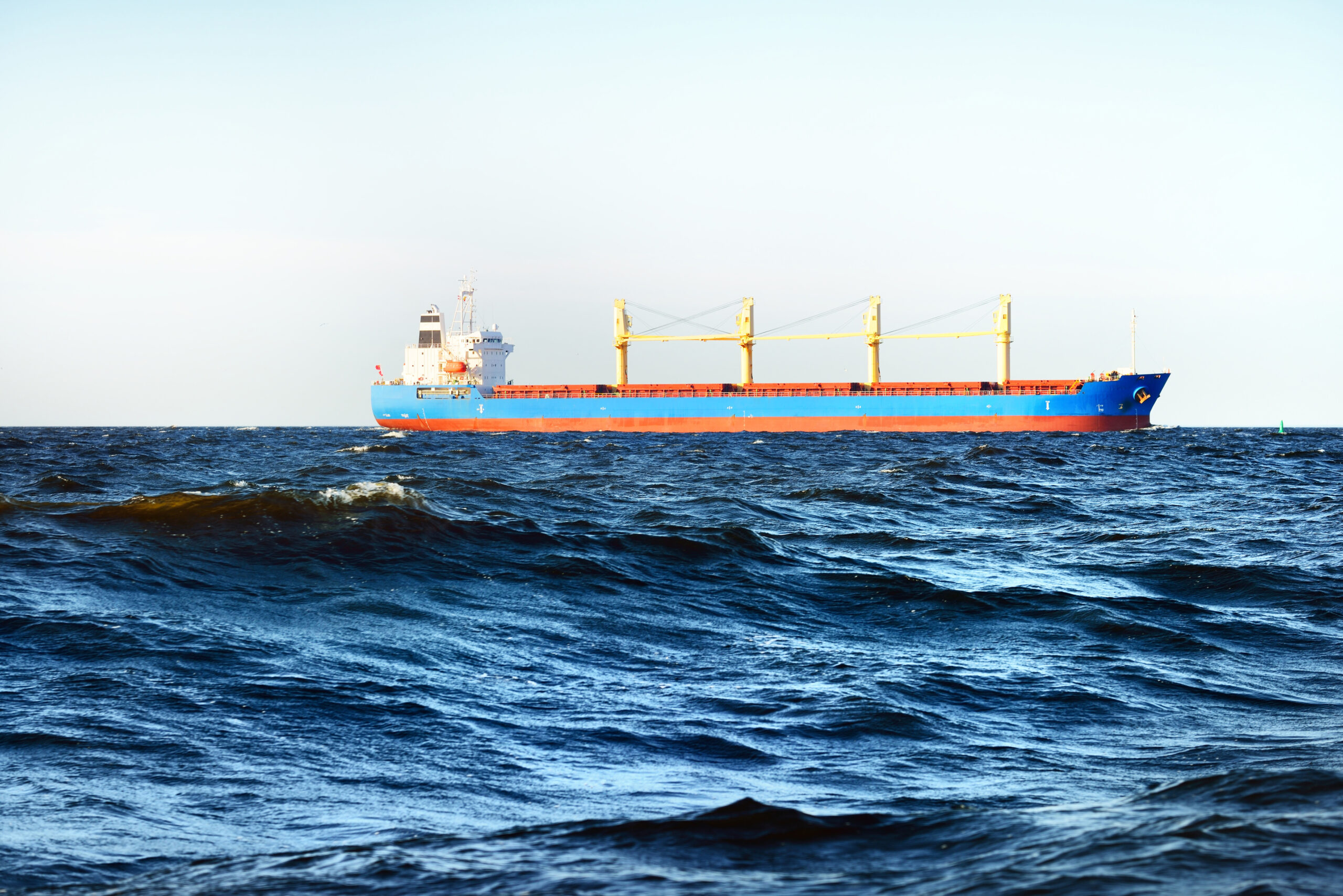
Psychological Safety in Safety Management Systems: Managing Safety Risks Without Fear
Psychological Safety in Safety Management Systems: Managing Safety Risks Without Fear Working in the maritime industry can sometimes be complex and often unpredictable as you never know what challenges can occur at sea. This is why a well-planned safety management system (SMS) is crucial for safety risk management and safeguarding crew members and the marine…
-
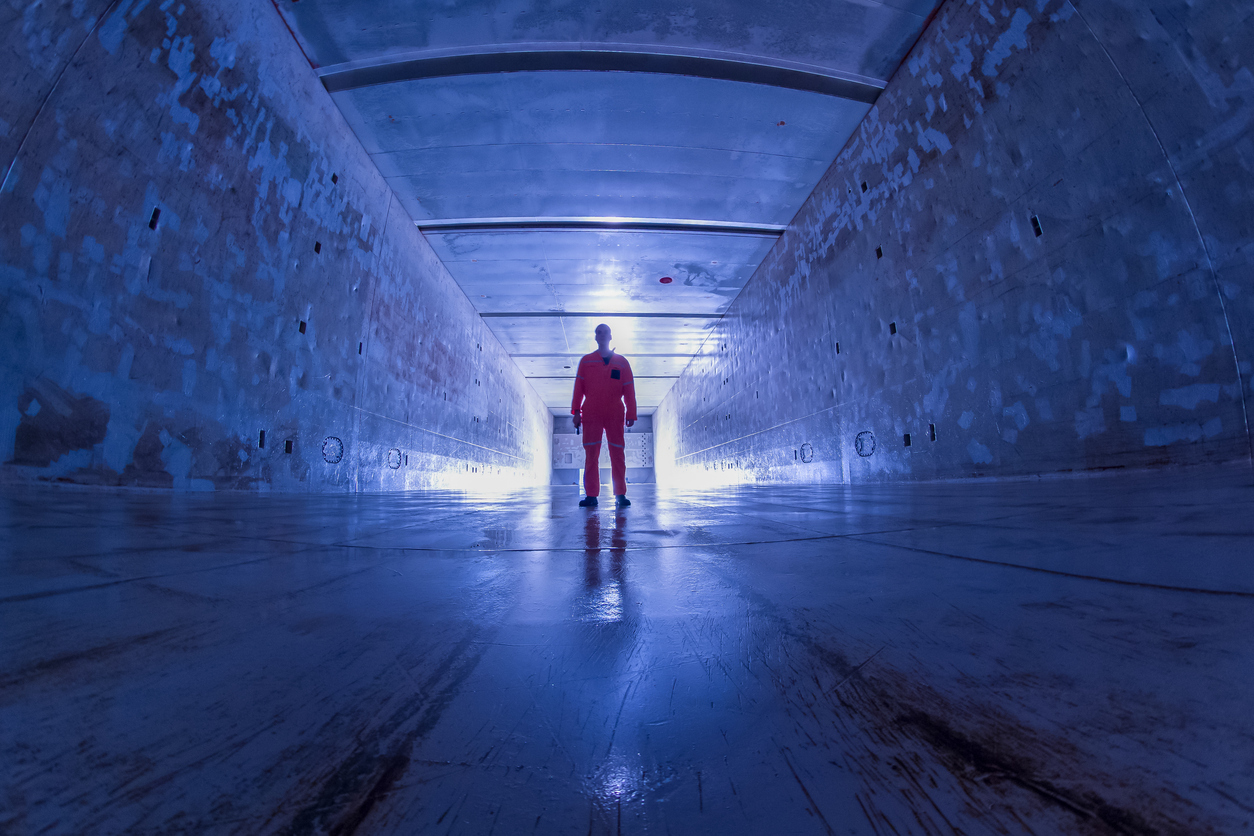
Ship Security Officer – Duties, Responsibilities, Course and other FAQs
What is a Ship Security Officer (SSO)? The International Ship and Port Facility Security Code (ISPS) code introduced the role of a Ship Security Officer role (SSO) on a ship. The company and the vessel master select a qualified officer to assume the role of an SSO. In this article, we shall explore the duties…
-
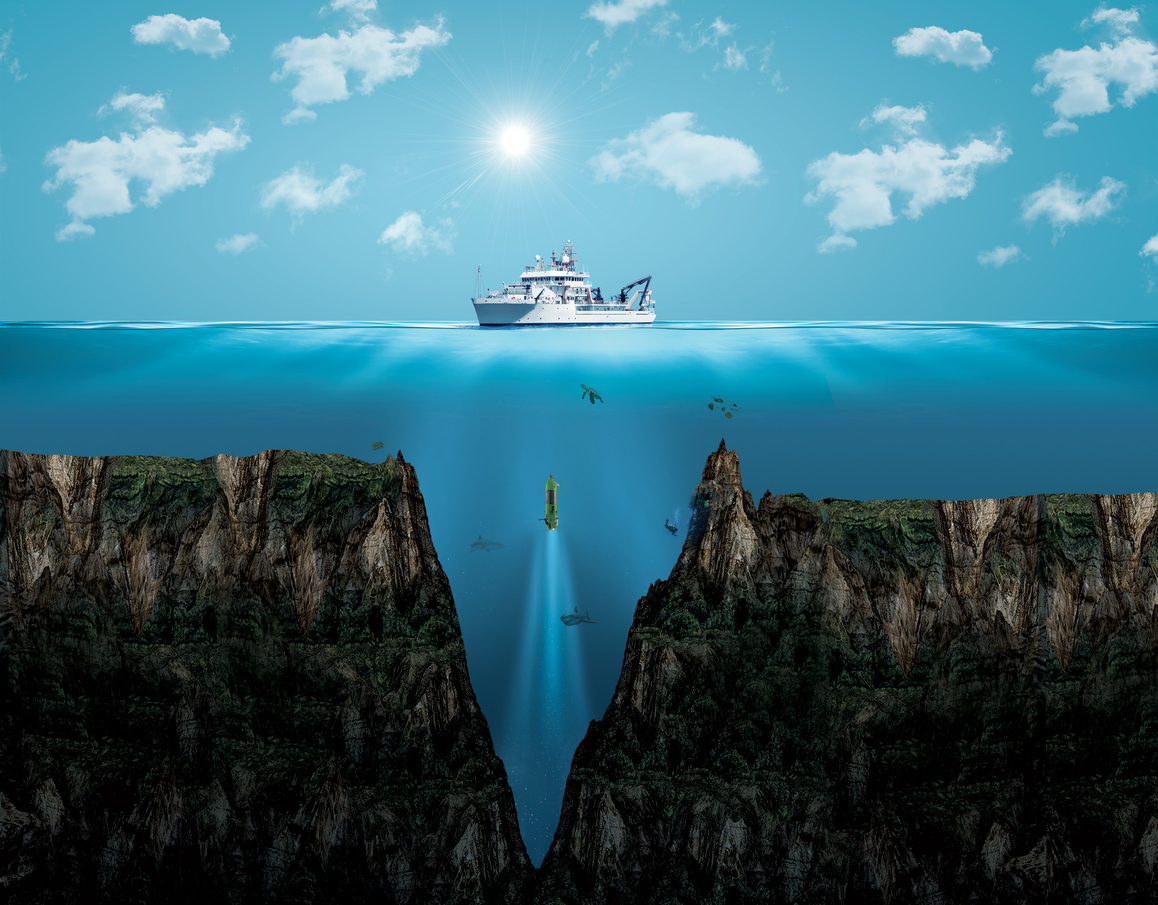
The Top 10 Deepest Parts of the Ocean
Introduction The world’s oceans cover 70% of its surface. Much like above the water’s surface, the oceans also have many geographical features such as plains, plateaus, mountains, valleys, and crevices in the ocean floor known as trenches. The depths of these trenches can extend for thousands of meters, reaching a point where even light is…
-

Understanding the changes SIRE 2.0 brings
Introduction The priorities in the maritime transportation industry have always remained the same. It is to ensure the safety of the persons onboard, the cargo, and the environment. With this intention, the original Ship Inspection report programme (SIRE) was introduced by the Oil Companies International Marine Forum (OCIMF) in 1993 to safeguard oil, chemical, LNG…
-
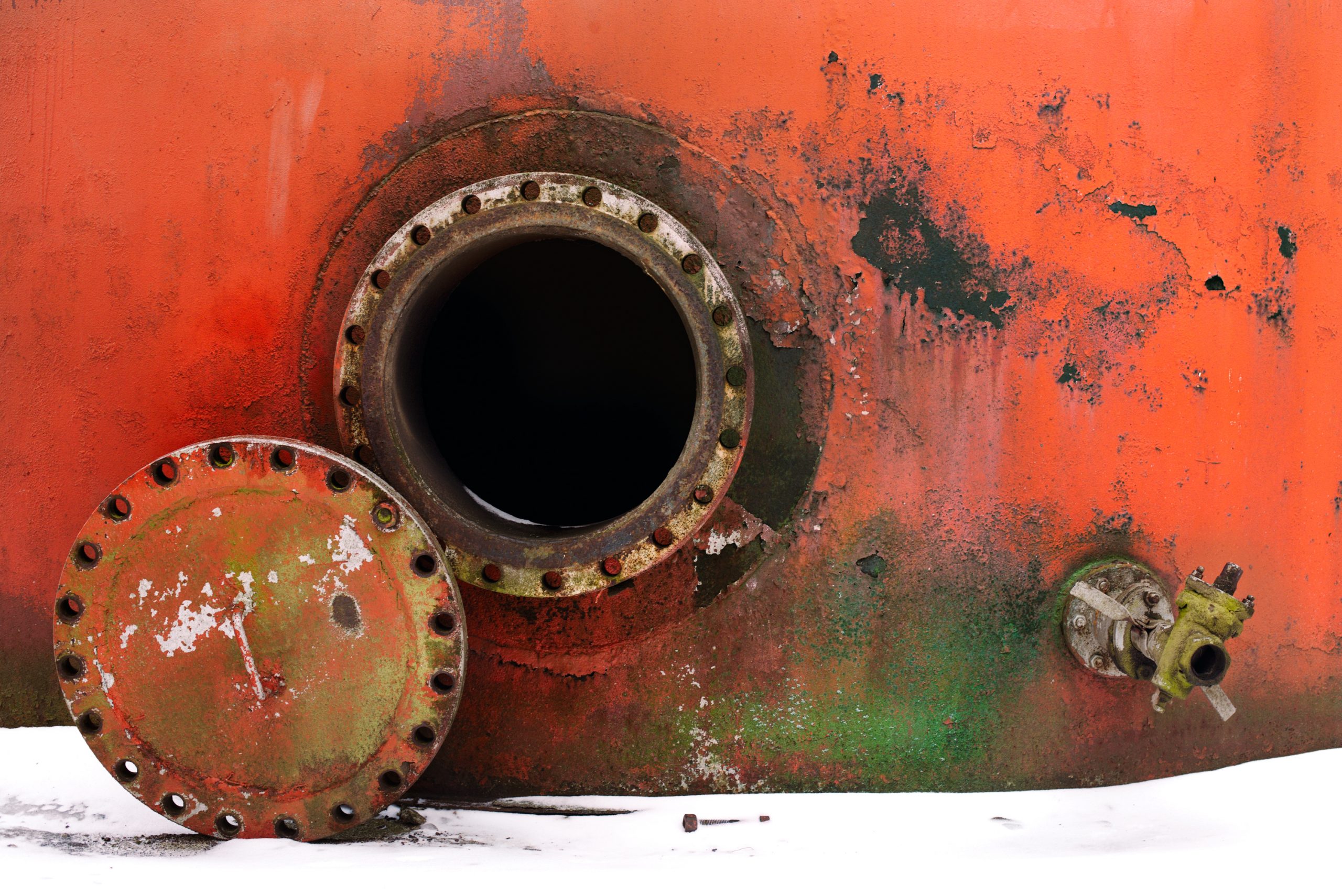
Enclosed Space Entry – What it is, Permits, and How to Prepare
Introduction Enclosed space entry is an operation carried out on ships where personnel enter confined spaces for tasks such as inspection, cleaning, and maintenance. In this article, we will explore how these entries are performed onboard and how they can be made safer. Key Takeaways Enclosed spaces are confined spaces with limited access points and…
-

The Case for Nuclear Marine Propulsion for Cargo Ships
What is Nuclear Marine Propulsion? Nuclear marine propulsion refers to the use of nuclear power to generate heat and electricity to power a ship. It uses small-scale nuclear reactors to sustain controlled nuclear fission reactions that generate heat. The heat generates steam, which in turn powers turbines. The turbines are then used to power main…
-
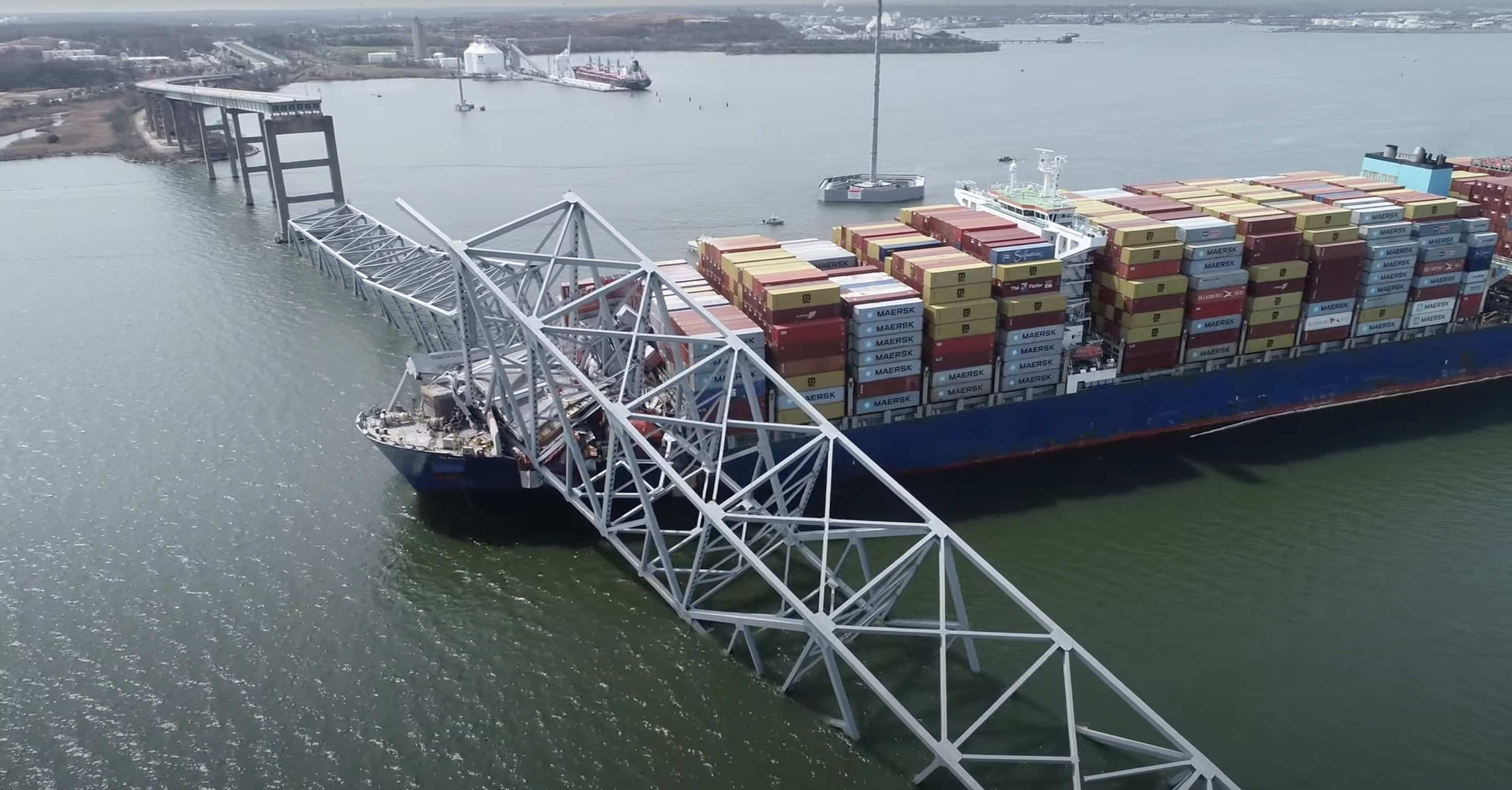
Baltimore Bridge collapses after ship collision
In the early hours of 26th March 2024, a Singapore-flagged vessel Dali made contact with one of the supporting pillars of the Francis Scott Key bridge causing it to collapse right away. The vessel was heading out of Baltimore port and was meant to pass between the bridge pillars but unfortunately, it struck one of…
-
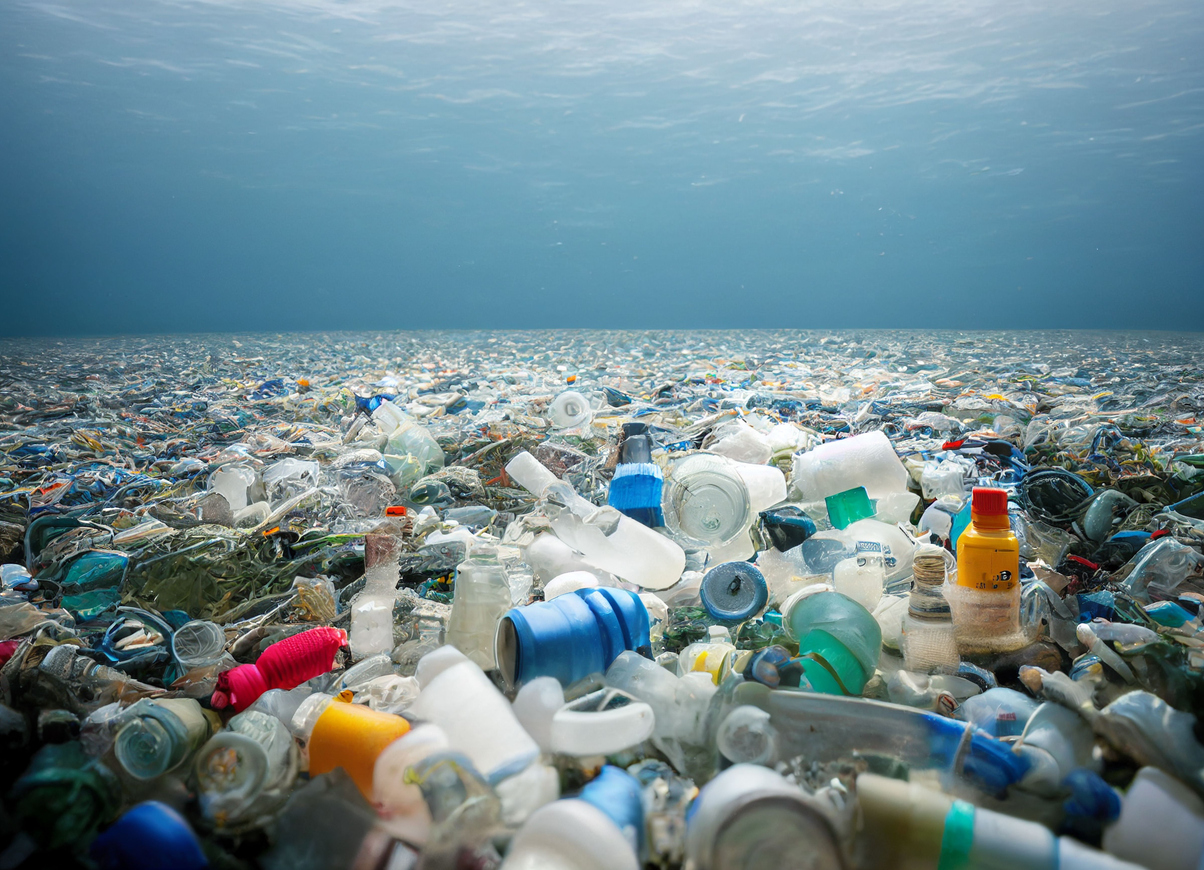
Marine Plastic Pollution | Definition, Sources, Effects, & Solutions
Introduction The development of plastic in the 20th century was nothing short of a revolution. It was cheap, lightweight, durable, and easy to manufacture. Plastic technology’s evolution has enabled it to infiltrate every field of life, from chairs to space shuttle parts. However, plastics have a problem. Synthetic plastics, in particular, decompose at an alarmingly…
![9 Classes of Hazardous Materials [IMDG] – 10 min summary](https://docs.nautilusshipping.com/wp-content/uploads/2024/05/Classes-of-hazards-feature-image.jpg)